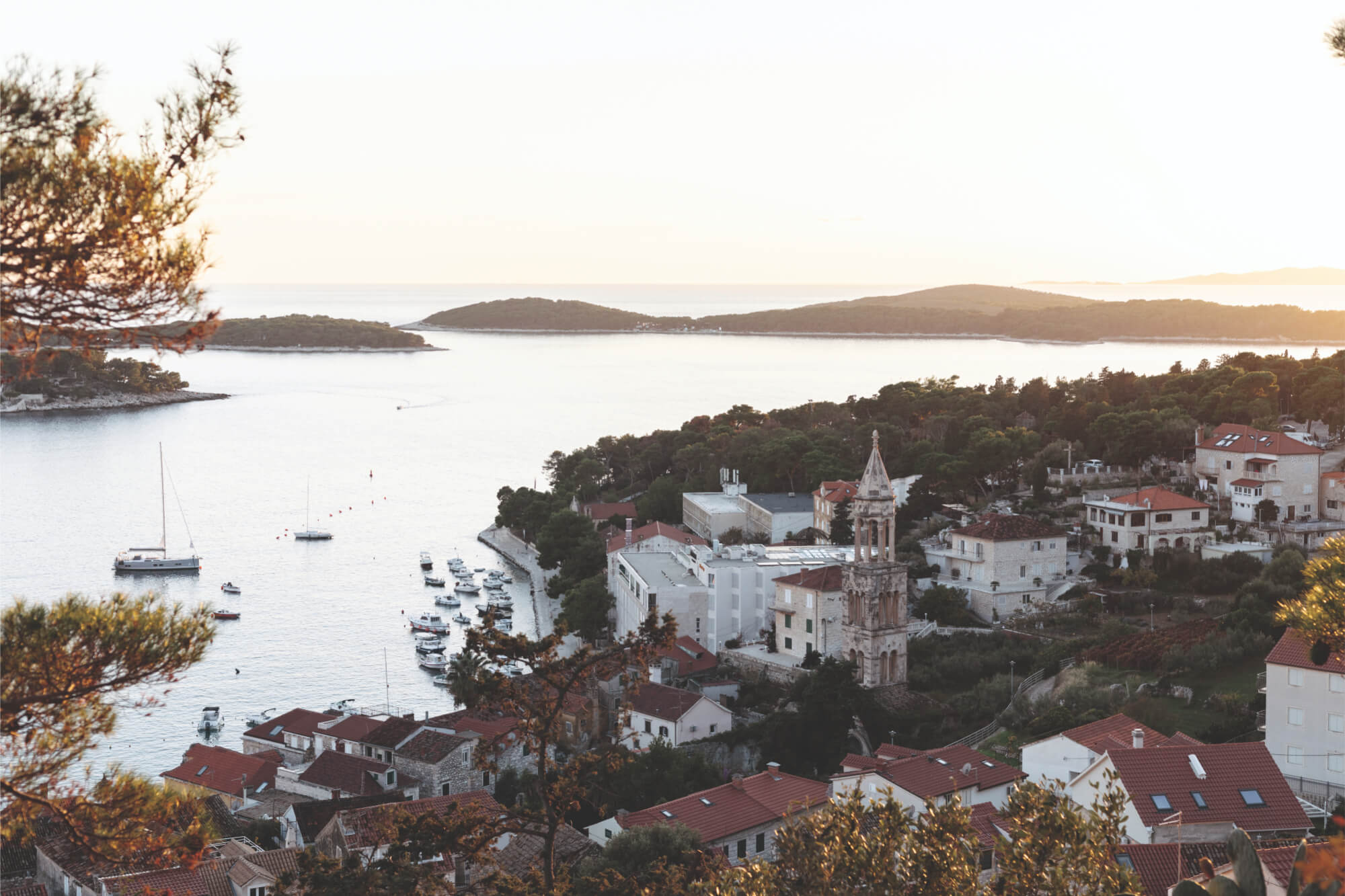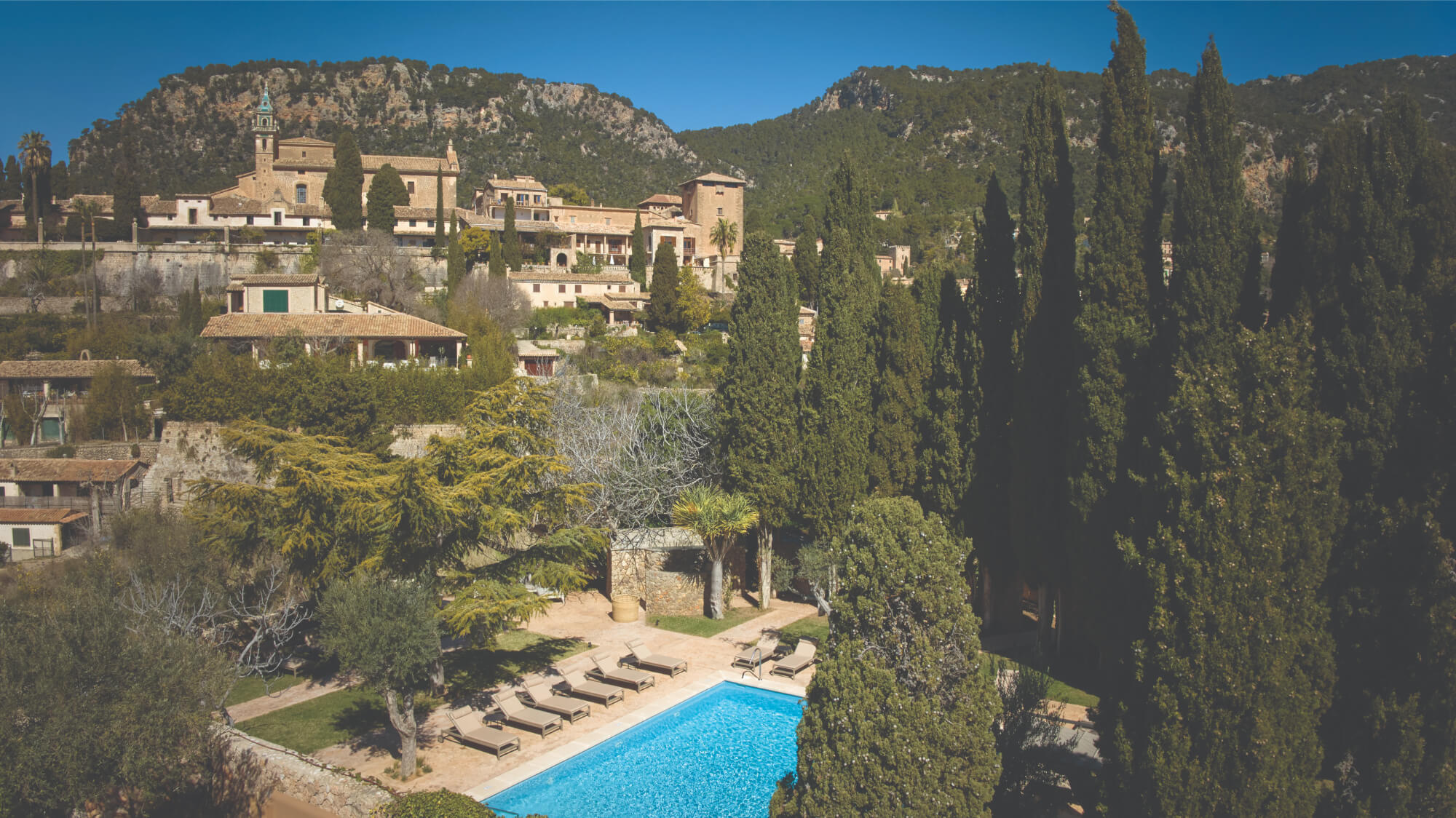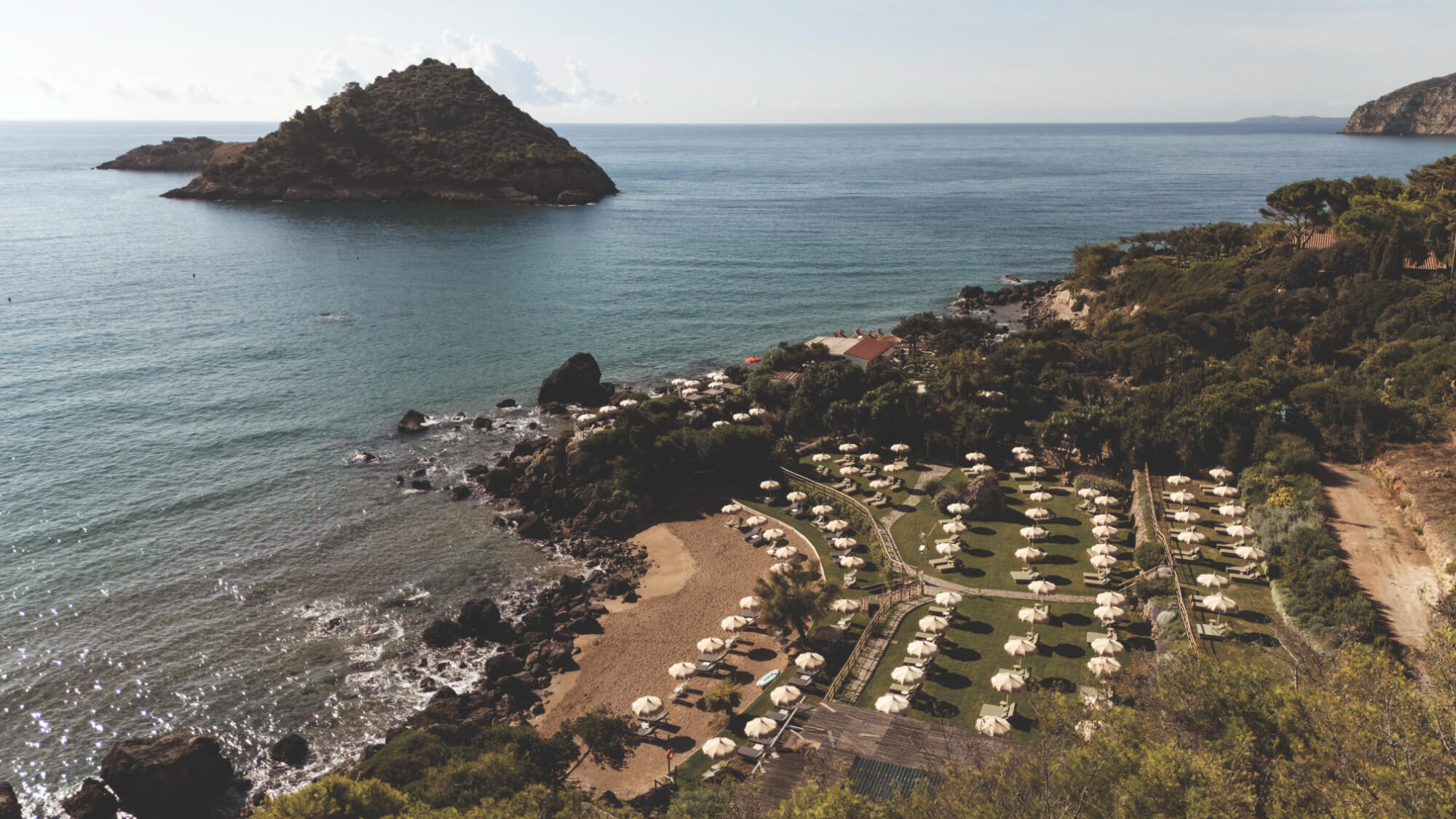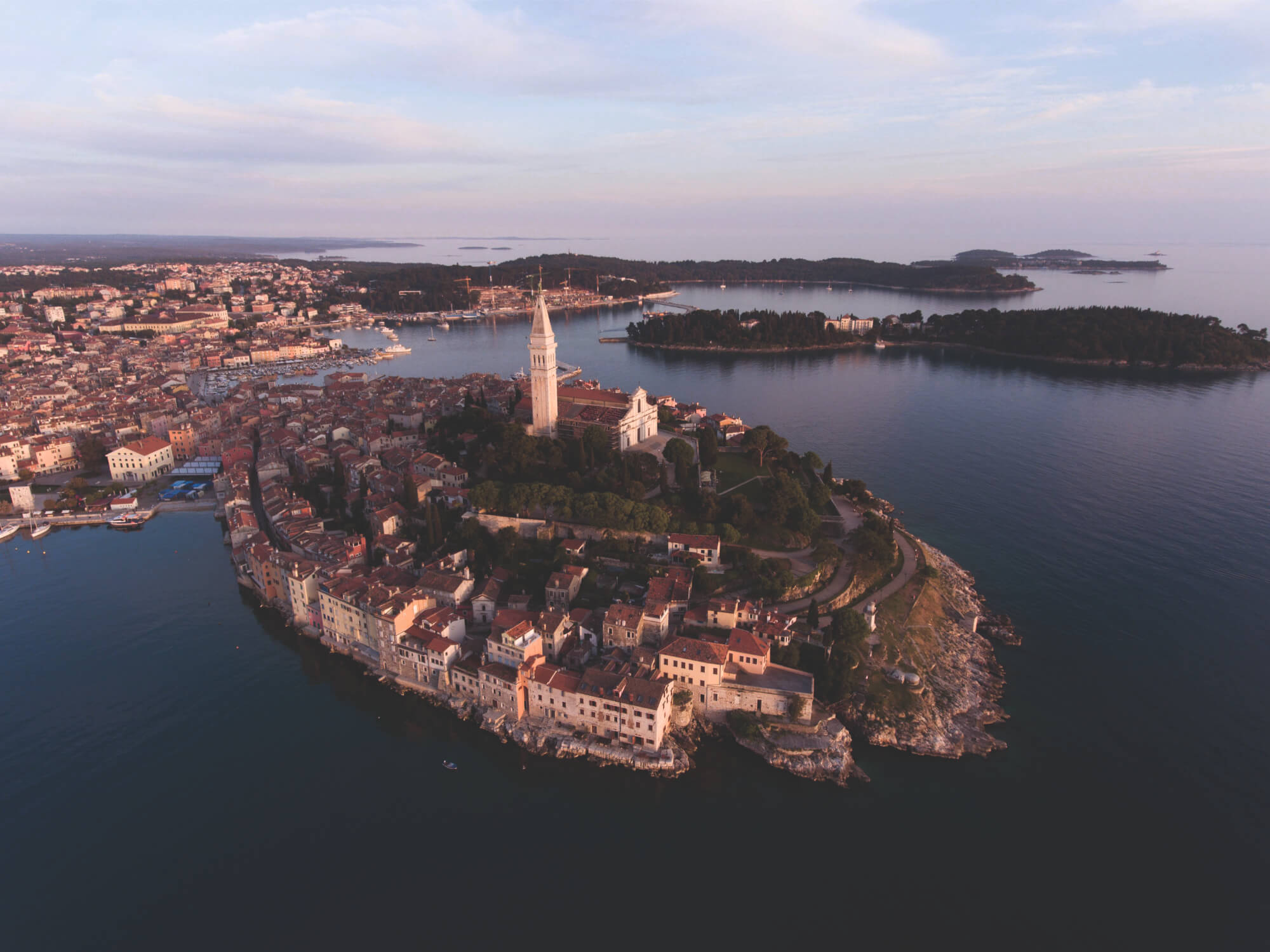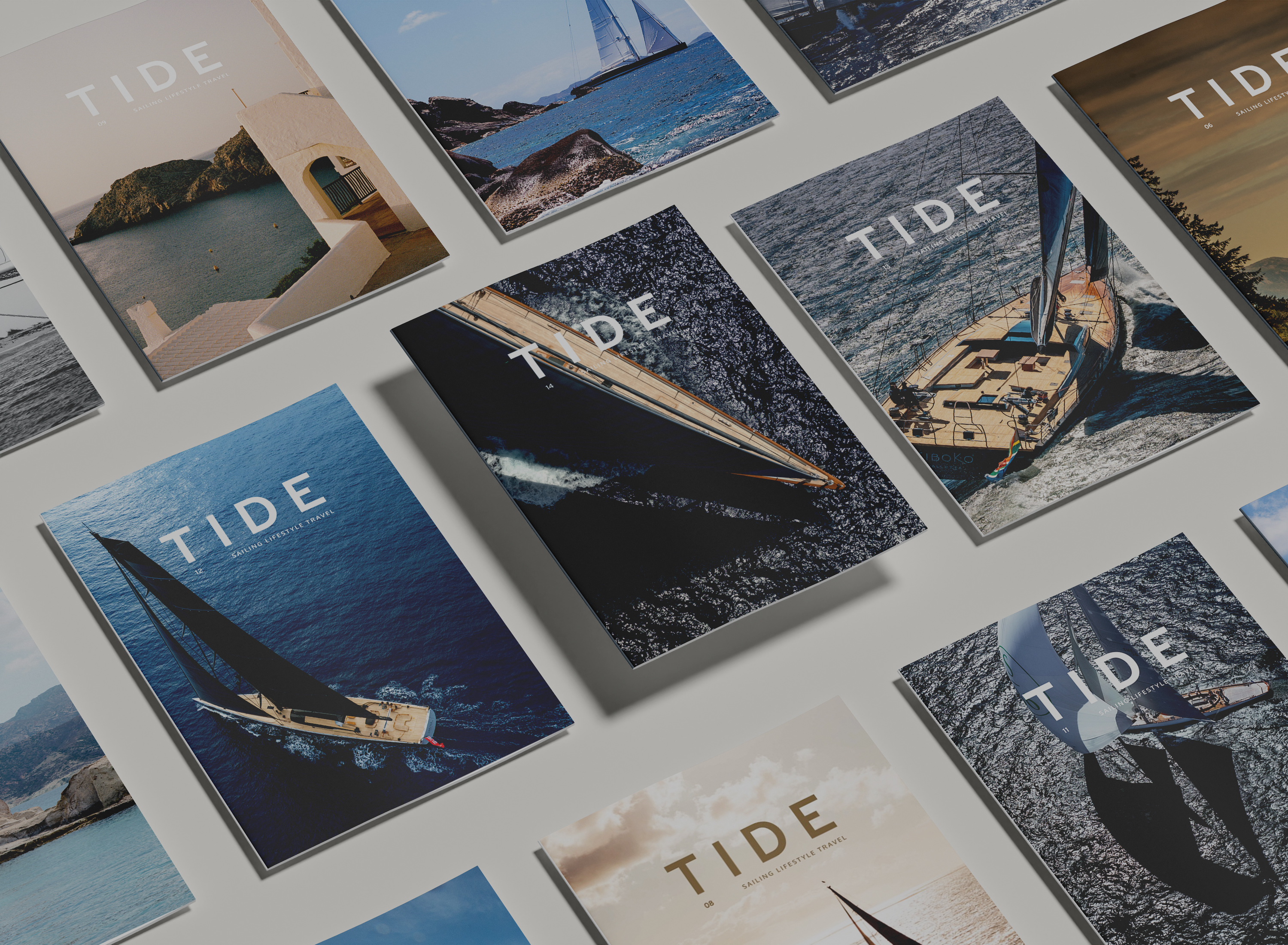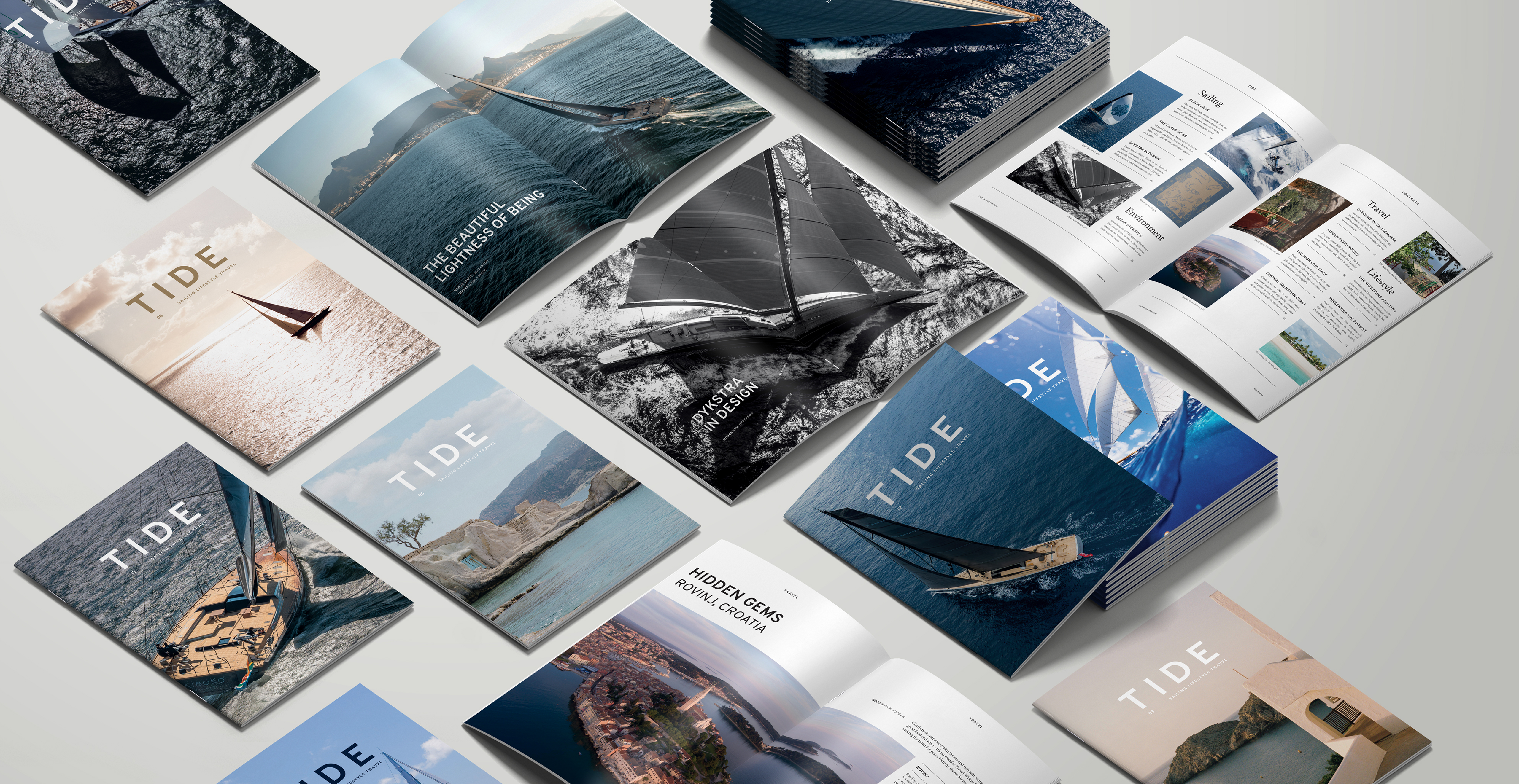The Azores — Portuguese-speaking, verdant and wild — is that rare destination where a remote setting gives way to having it all…
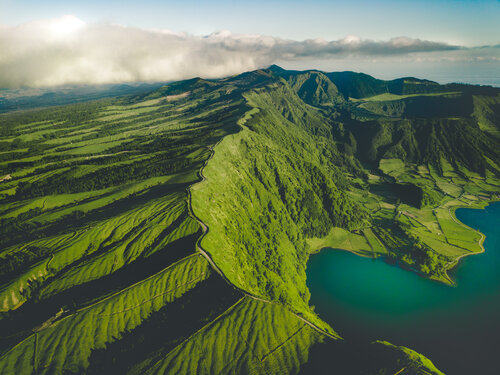
In the heart of the Atlantic Ocean, beyond the beaches of the Mediterranean and the Art Deco-fringed boardwalks of South Beach, are nine volcanic islands that are as unassuming as they are enthralling. 850 miles from Europe and over 3,000 miles from the Caribbean, the Azores are vulnerable to the very elements that have carved its islands’ unique geography: windswept landscapes shaped by lush yet craggy cliffs, an ominous volcano, rushing waterfalls and emerald bays that meander into the deep black of the north Atlantic.
Clustered into three groups, each island has its own personality (the rocky vineyards of Pico, the preserved colonial old town of Terceira, the black-and-white cows that produce the famously spicy cheese of São Jorge), but for surf enthusiasts, all nine can produce an unforgettable experience.
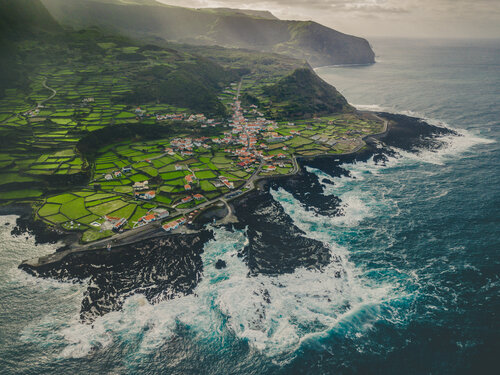
The geodynamic formation of the Azores, continued seismic activity and hydrothermal vents, has created several reefs and banks. This, partnered with assured winds and the consistent North Atlantic swell, results in the kind of beach and reef breaks that create a surfer’s paradise, where the islands are often compared to Hawaii, both for their topography and abundance of surf spots.
On the north shore of São Miguel — the archipelago’s largest island — lies Santa Bárbara, a critical stop on the World Qualifying Series of Surfing. But you don’t need to be in fighting form to take advantage of its clean beach breaks. Try the popular waters of Maia, where a tricky reef break awaits. On the eastern curve of the island of Faial, the towering waves of Ponta da Ribeirinha mimic the dramatically deteriorating lighthouse that watches over the sea. More experienced surfers can head to the western edges of the Azores for Faial’s Ponta Ruiva, where reaching the zenith of powerful left-hand waves might just allow for a peek at the neighbouring island of Corvo.
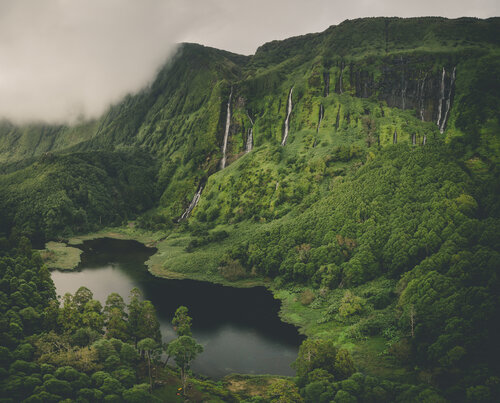
When you tire of conquering these electrifying swells, there’s still plenty to keep you entertained. Historically, the whaling industry supported the Azores’ local economy as an autonomous region of Portugal. Today, alongside fishing and farming, the whales continue to play a part – now, thankfully, providing an attractive and treasured tourist attraction. For those passing through by boat, expect to be wowed by a fleet of sperm whales, blue whales and humpbacks swimming along aside.
On dry land, there’s a choose-your-own-adventure quality to the various slabs of volcanic rocks at your feet. In Horta, Faial’s capital, you’ll find the famous Peter’s Cafe Sport; a cross between a yacht club’s model room and a bar, with walls adorned in flags and sailing mementos. The clientele is a melee of locals, intrepid small boat sailors and superyacht crew. It’s a one-stop-shop for travel tips and sailing advice. In the evenings, there are plenty of foodie gems amongst the cobbled streets where you’ll find high quality, local produce.
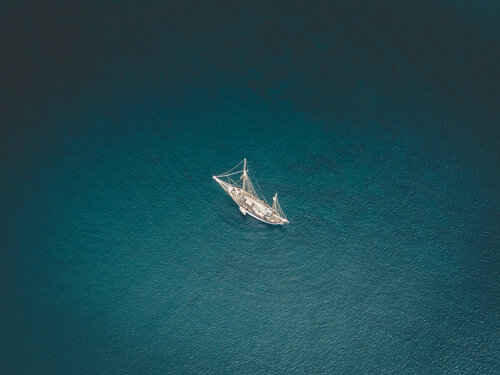
If you choose to explore São Miguel, hike the twin lakes of Sete Cidades before recuperating in the mineral hot springs of Furnas. The island of Pico boasts the highest peak in all of Portugal and delivers views across miles of open ocean in every direction. This is also the best island to stock up on local wine featuring grapes farmed on black volcanic rocks. And on Terceira, stroll around Angra do Heroismo, a town that has been a UNESCO World Heritage Site since 1983.
Some feel they have to sail to the end of the world to get away from it all or to find new inspiration, but sometimes you just have to go to the middle.



